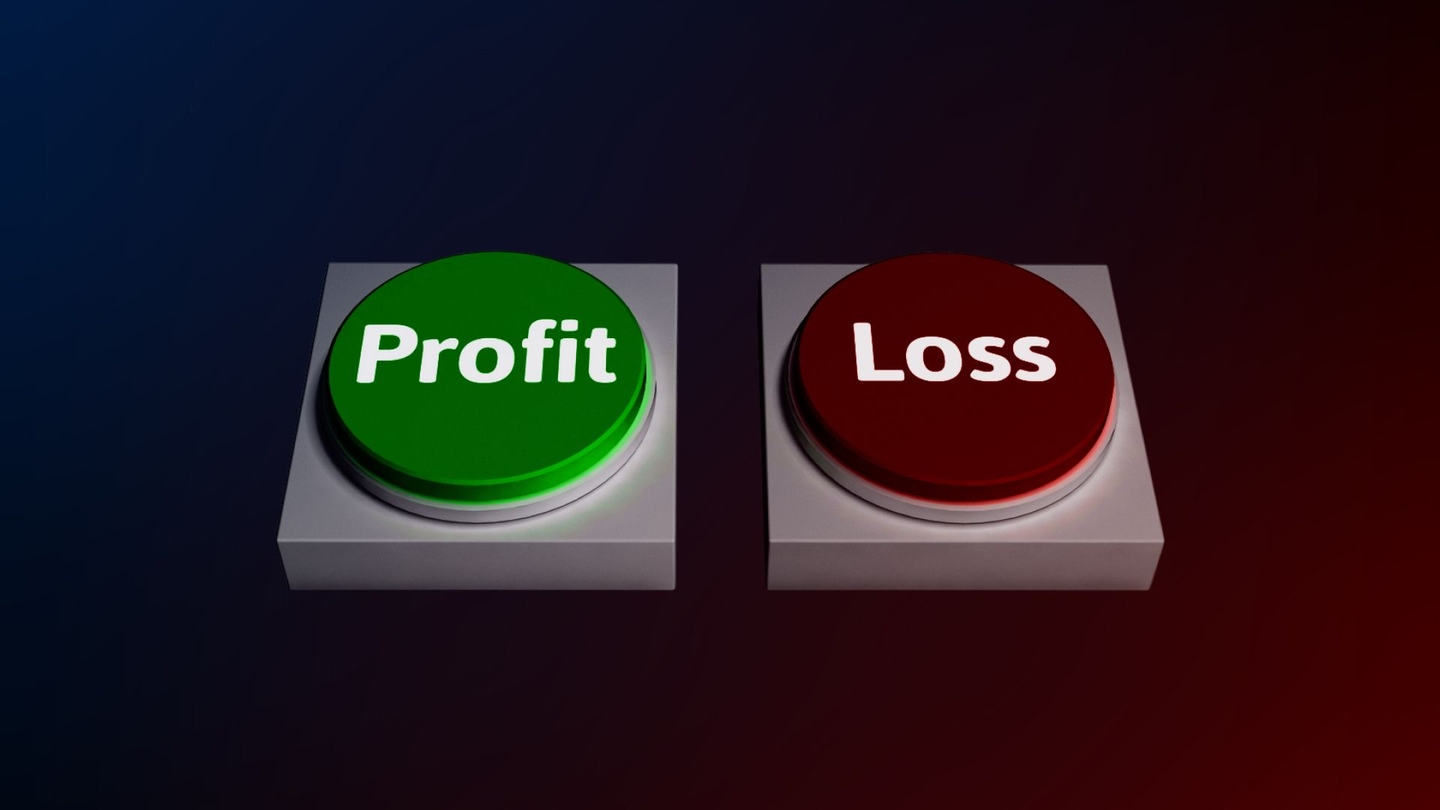How to calculate loss and profit
🧑💻 For some of us, trading seems to be all fun and games until you realize that one of the ways to become successful, you need to know how to calculate your profit and loss. At first, this might not be a crucial skill, but the further you move as a trader the more important it becomes – one needs to assess if their strategy is profitable or not and whether it is worth investing in. In this case, the profit and loss statistics of your account become crucial for decision-making. That is why today we are going to talk about profit and loss in general, as well as learn how to calculate it.
First of all, what are profit and loss? Easily put, profit or loss is either a positive or negative balance after a trade completion. Therefore, each trade results in either profit or loss.
How to calculate profit and loss?
At NAGA, the result of your trade is automatically calculated by an algorithm. However, it is still worth knowing about how to perform calculations to find out if it was a profit or a loss, or at least understanding the basic gist of the process. You should always pay attention to three key trade indicators: position volume, asset quotes, and direction of the transaction (buy/sell). Now, let’s look at an example of calculating P&L.
Let’s say you want to buy GBP/USD for 1.2291 with a volume of 1 lot. You’re getting 100 000 GBP as 1 lot is equal to 100 000 units of a base currency – the first symbol in the ticker of an instrument) at the price if 122,910 USD (100 000 * 1.2291)
You decided to buy EURUSD at 1.2291 with a volume of 1 lot. You purchased 100,000 EUR (1 lot is equal to 100,000 units of the base currency of the asset - the first symbol in the ticker of the instrument) at the price of 122,910 USD (100,000 * 1.2291). After some time, the price of an asset went up to 1,2391 and you closed the position. At this time, the amount of GBP that you bought does not change (100 000 GBP), but it’s equivalent in USD does – it will now be equal to 123,910 USD (1,2391 * 100, 000). This means that this trade resulted in a profit of 123,910 USD – 122,910 USD = 1 000 USD.
➡️ For those of you who prefer to see the formula first, here is the formula for calculating Profit and Loss:
For a BUY position: Profit/Loss = (Contract × ClosePrice) - (Contract × OpenPrice)
For a SELL position: Profit/Loss = (Contract × OpenPrice) - (Contract × ClosePrice)
In this case:
Profit/Loss - the amount of profit/loss in the quote currency;
Contract - the amount of the contract in foreign currency;
ClosePrice - the closing price of the currency pair;
OpenPrice - the opening price of a currency pair.
Trading account profit and loss
Registering on NAGA automatically provides you with a trading account. Based on your trading activity, your account balance will always change to either positive or negative or, in other words, either profit or loss. In general, it is a good indicator of the profits you have earned (or lost) and thus gives you insights into your future actions and the amount of risk you can and are willing to take. For instance, if you are at a loss but still want to continue trading – you can come to other financial instruments, one of which we will discuss below.
Leverage, also known as margin trading, is an instrument used by many traders when their trading account profit or loss balance is negative. It is a financial tool that allows you to still perform transactions if the amount is repeatedly used by the trader’s total capital. Thus, you invest only a small percentage of the funds in the trade; the exact value of this percentage depends on many factors, including broker, platform, etc. Nowadays, the margin trading system is very popular. Leverage is usually the ratio of a trader’s own to the total amount, and margin is the same ratio, expressed as a percentage.
Here’s an example: Here’s an example: let’s say that the current price for a certain asset is equal to $1,327. Surpassingly, you expect the price to go up and open trade of 10 units – thus, the total amount of the transaction will be equal to $13,270. It is very risky to put such an amount at stake, and your trading account might simply not have this balance. If a certain exchange like NAGA provides a 1:200 leverage on such a position you will only risk $66.35, while you will only be investing $1 for every 200 of the trade.
This might seem like a perfect solution if your trading account is at a loss. However, it is important to always take everything with a grain of salt, and, as an advanced trader, realize that everything has its drawbacks. Here are the reasons why leverage trading is beneficial for many traders, but also why you need to be cautious:
Benefits:
•Allows you to perform trades that otherwise you wouldn’t be able to, as well as to get good profits;
• Allow beginners to increase their deposit several times in a short time;
• Allows you to place bets that exceed your financial capabilities.
But there are some drawbacks when dealing with marginal trading:
• High potential returns are directly proportional to the same high risks;
• Perceiving a loan as real money, a trader does not learn to manage capital but focuses only on the size of the transaction.
Conclusion
Understanding profit and loss might not seem to be important at first, but the more experience you get the more you realize that sometimes knowing the mechanics behind calculations could be helpful and even increase chances of a successful trade. This is where the knowledge about profit and loss comes in. You don’t necessarily need this knowledge to be a successful trader, but you can choose to have it so you can see trading from a different perspective. By having this knowledge, you can see trading from a different perspective.
Enjoy, and always trade responsibly!
Best regards,
The NAGA Team 🌶


